How “Made in Rwanda” is breathing life into Kigali’s fashion scene
At first glance, Matthew Rugamba’s big break was the result of pure serendipity.
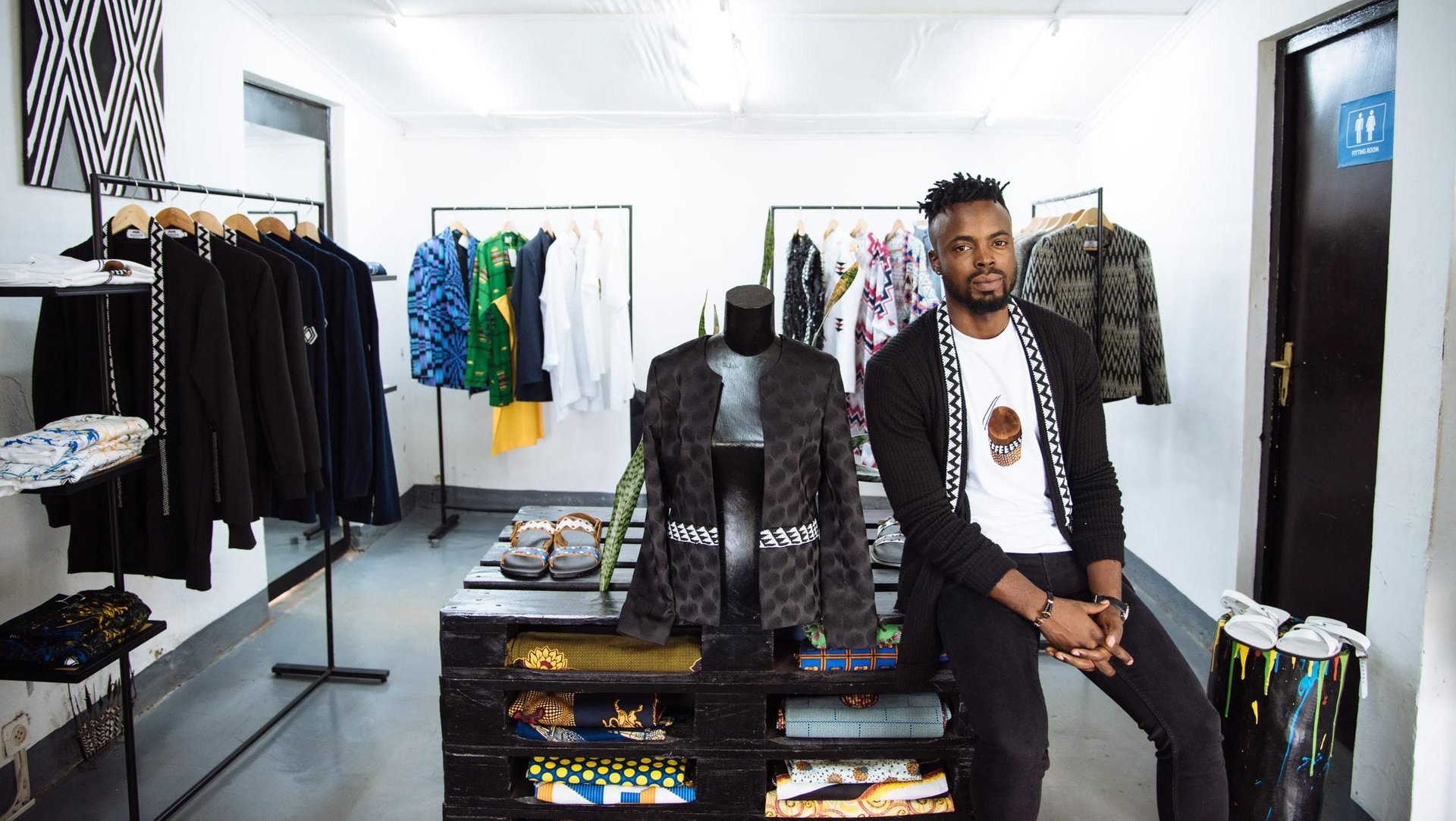

At first glance, Matthew Rugamba’s big break was the result of pure serendipity.
The Rwandan designer had long harbored dreams of designing for Hollywood’s biggest stars. Since 2011, he has built a loyal following for his House of Tayo brand, fusing African heritage with contemporary designs to create brightly colored, mixed-print items like bow ties and infinity scarves. But he had struggled to break out from the local fashion scene.
That changed in 2018, with the premiere of one of the most anticipated movies of the year: Black Panther. Rugamba discovered that a mutual friend knew Peter Junior Nyong’o, the brother of Kenyan Oscar winner Lupita Nyong’o, who plays the powerful spy Nakia in the superhero movie. He convinced his friend to ask Nyong’o if he was accompanying his sister to the film’s premiere, and if so, whether he had anything to wear.
He was going, he replied, and he didn’t yet have a suit. Rugamba immediately sent sketches to Nyong’o, who agreed to wear a three-piece design. Using measurements supplied by Nyong’o and photos as his guide, the suit was tailored in two-and-a-half days and hastily shipped to the US from Kigali. It arrived in LA a few hours before the premiere.
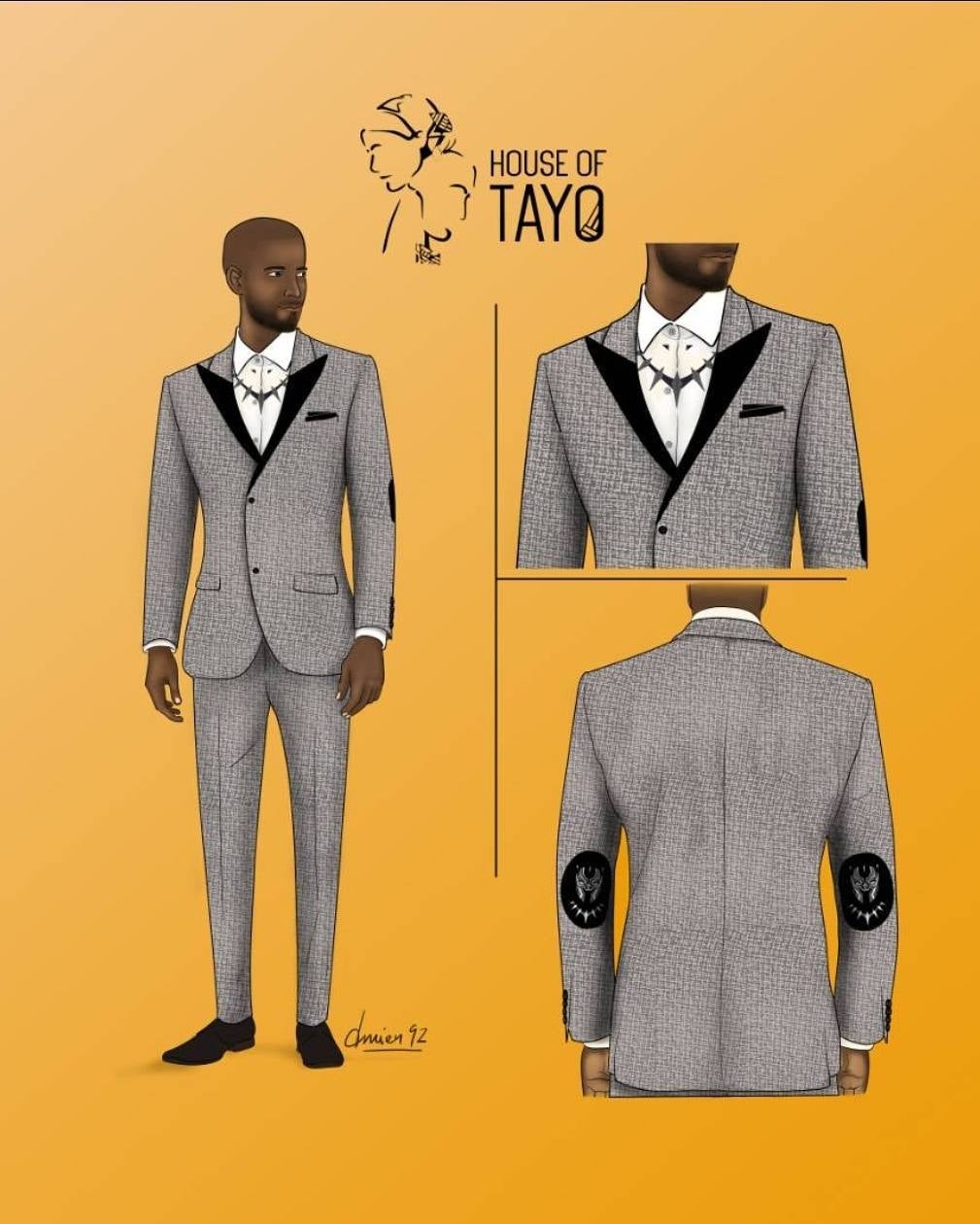
After Lupita posted a photo of her brother wearing the suit to her 7.8 million Instagram followers, tagging House of Tayo and using the hashtag #FromRwandatoWakanda, thousands flocked to the brand’s social media accounts. “It was huge,” Rugamba remembers. “It was great for credibility.”
But it wasn’t just luck, hustle, and connections that propelled Rugamba to the Hollywood red carpet. Rwanda, a small nation of 12 million people, has one of the fastest-growing economies in the world, with aspirations of becoming a middle-income nation by 2035. And Rugamba is the beneficiary of one of a series of homegrown initiatives aimed at sustaining high and inclusive growth in different industries—including the country’s nascent fashion scene.
One of those initiatives is “Made in Rwanda,” launched in 2015, which aims to recapture parts of the Rwandan market from imports while improving the competitiveness of Rwandan exports globally. How? By boosting (pdf) private businesses and the manufacturing sector, augmenting garment and leather production, reducing operation costs, and helping small businesses, like Rugamba’s, get finance from the government or commercial banks.
As part of this strategy, Rwanda this year will totally ban imports of Western hand-me-downs after years of raising tariffs on such goods in a bid to boost its own domestic textiles industry. Second-hand clothing is a multimillion-dollar industry in Rwanda that employed up to 22,000 people as of 2016, according to a study by USAID. Rwanda’s protectionist move drew the ire of the Trump administration, which last year suspended the country’s own clothing from duty-free access to American markets.
Underpinning all this is also Kigali’s turn to Chinese manufacturers to help establish factories and train locals in garment production. It’s also been helped by a burst of manufacturing across Africa, spurred by global interest in contemporary and sustainable African designs.
The government’s playbook for the fashion industry is visible in Kigali’s up-and-coming fashion houses and accessory brands, from jewelry retailers like Inzuki Designs, to clothing lines like Sonia Mugabo, Inkanda House, and Rwanda Clothing.
Rooted in culture
Rwandan designers say they are not just interested in sartorial elegance but in delivering designs steeped in heritage and storytelling.
Growing up in the Nyamasheke district in the country’s west, Moses Turahirwa saw women weaving baskets and making incredible artwork and decoration from beads. Looking to “recreate something unique reflecting the culture,” Turahirwa sought inspiration from imigongo, a once-dying 18th-century traditional art form featuring geometric designs like zigzags and squares. The array of black and white patterns became the signature look for his first Moshions collections, launched in 2015.
Turahairwa’s designs have even graced non-humans. When Hanson Robotics brought its humanoid robot Sophia to Rwanda to address this month’s Transform Africa Summit, she donned a custom-made traditional umushanana Moshions dress with the imigongo beading.
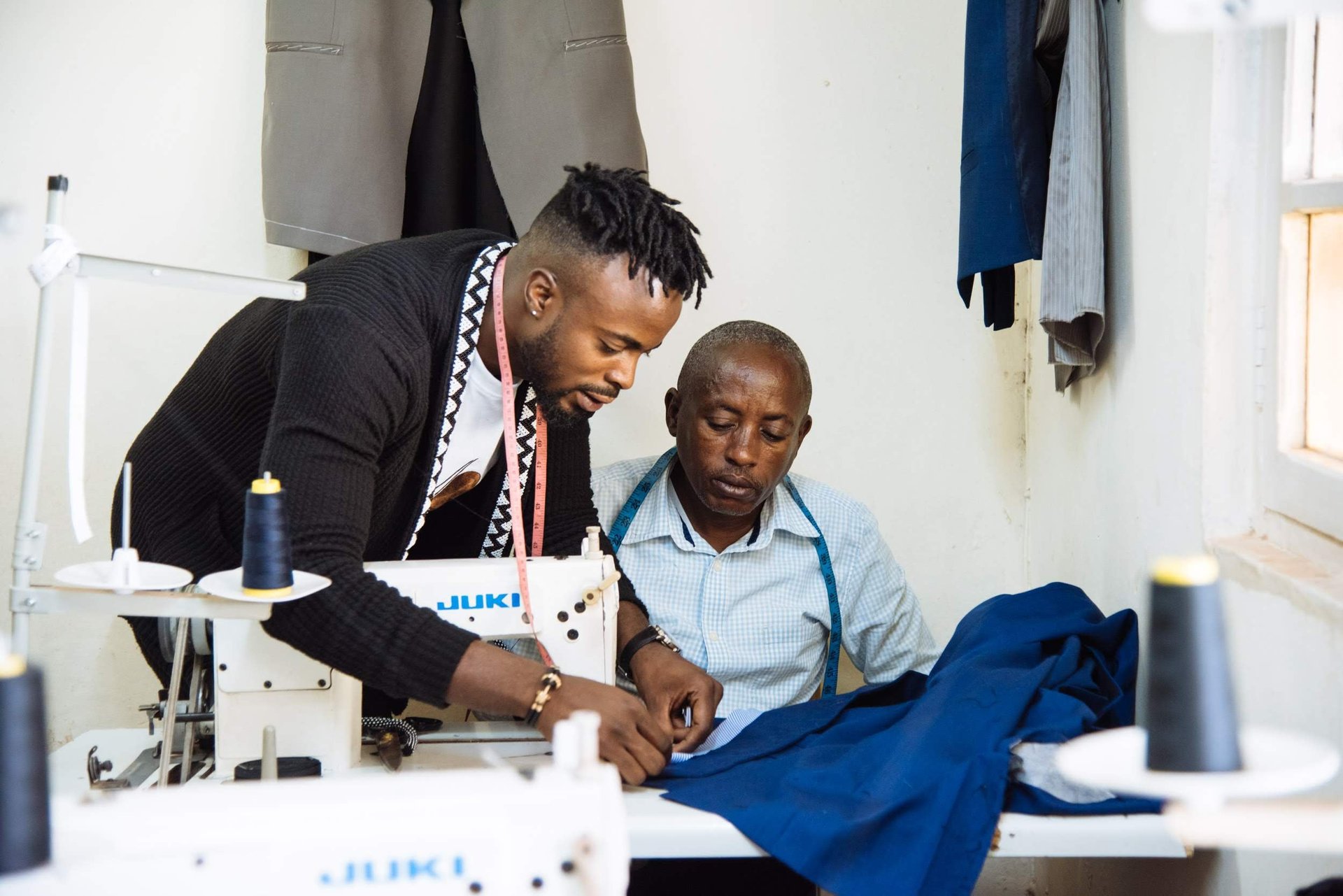
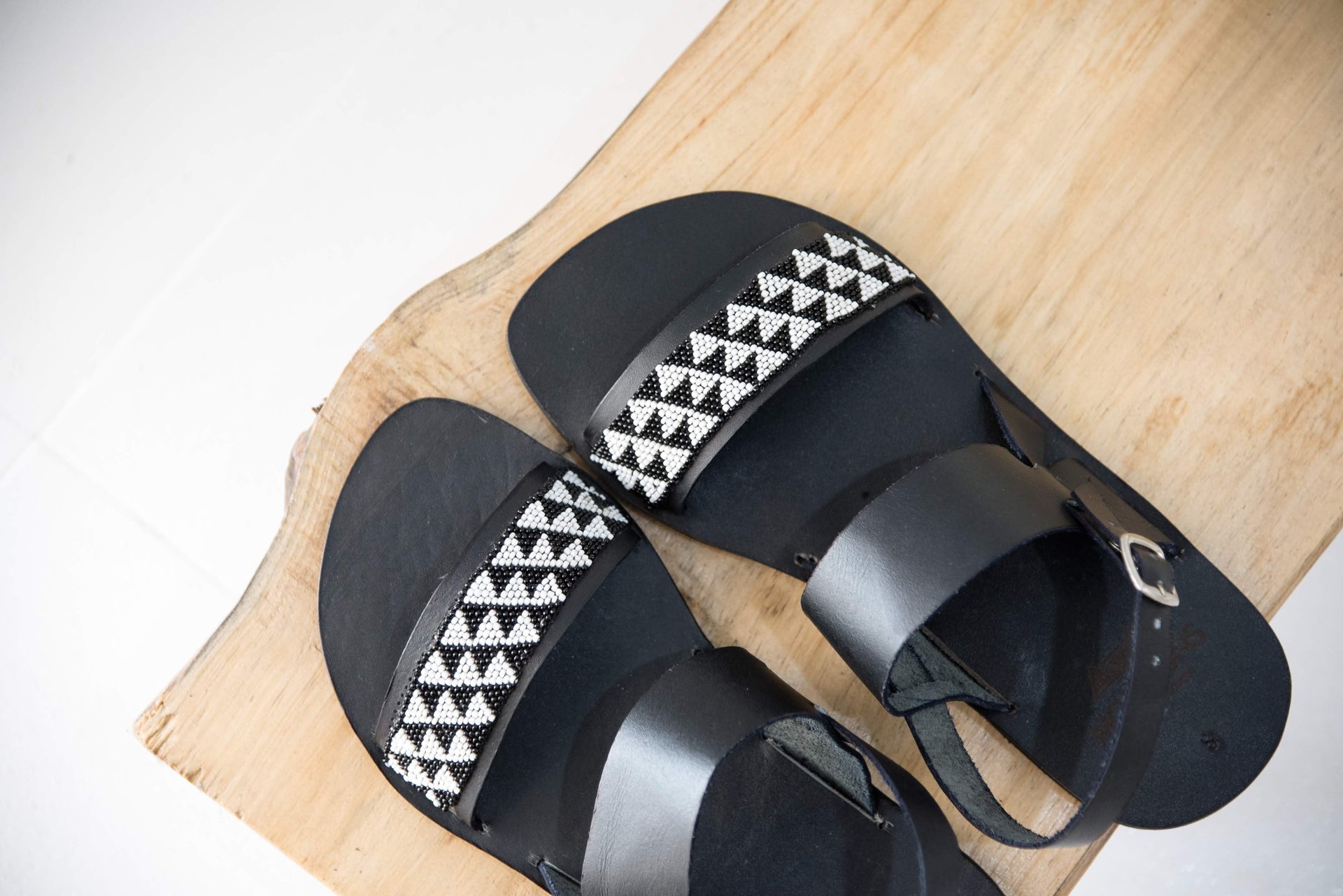
Staying local is a central principle for many of these brands. When Priscilla Ruzibuka launched her children’s clothing line Ki-pepeo Kids in 2016, she chose to work with maids affected by the 1994 genocide, in which 800,000 people, mainly from the ethnic Tutsi minority, were murdered in just 100 days.
The designer set about training the women to sketch pieces, cut fabric, make patterns and use sewing machines. Ki-pepeo now employs nine women to make rompers, dresses, jackets, and jumpsuits with animal prints.
Haute Baso (HB), a casual clothing, décor, and jewelry brand, has trained also 300 local artisans across Rwanda on the entire production chain. “The whole point is to build a team that even if they went independent, they can start another label,” says HB’s founder and creative director Linda Mukangoga. “For me, success is seeing a thousand models like ours.”
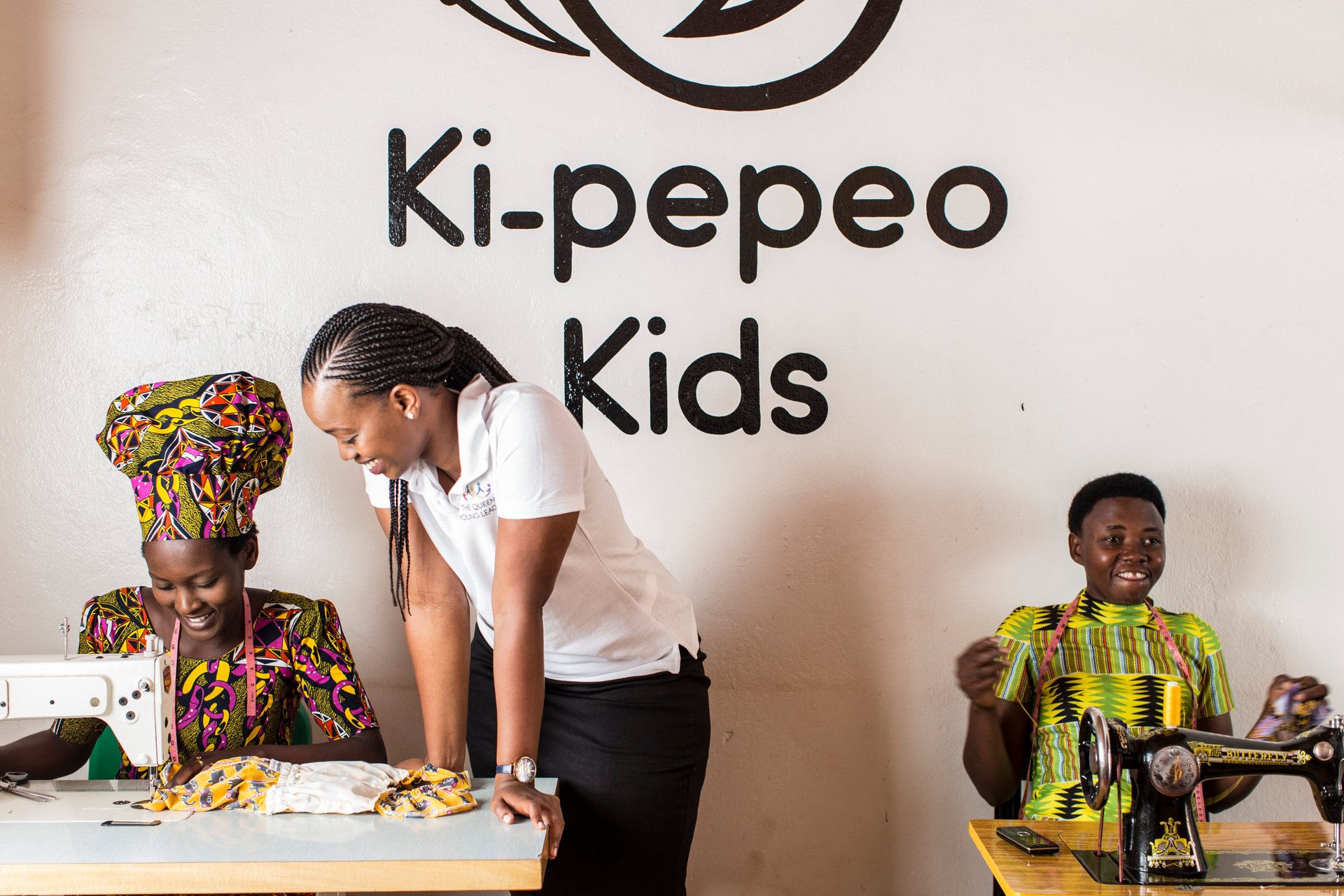
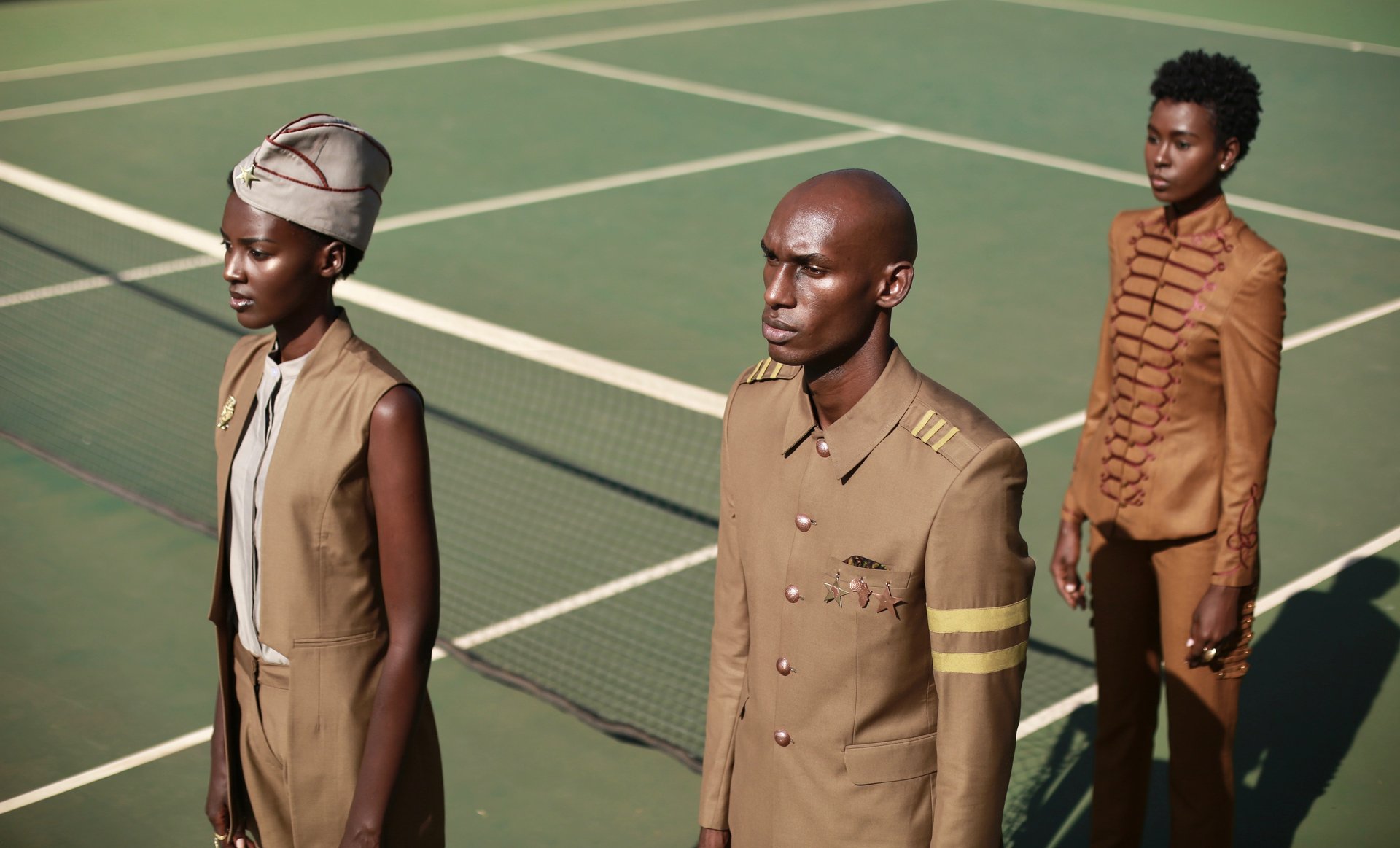
Persistent challenges
Despite the enthusiasm, manifold challenges hinder Rwanda’s fashion industry from floating away on a nimbus of success just yet. Designers are particularly concerned with the prohibitive requirements set for them to obtain financing. Rugamba, for instance, says he initially couldn’t get a bank to issue him a point of sale gadget because they didn’t think his business would make money.
For now, incentives through the government’s Export Growth Fund Facility, which Rugamba was able to access, are helping ease the financial strain. The East Africa-focused HEVA Fund has also provided training and facilitated pop-up stores for Rwandan brands in Nairobi.
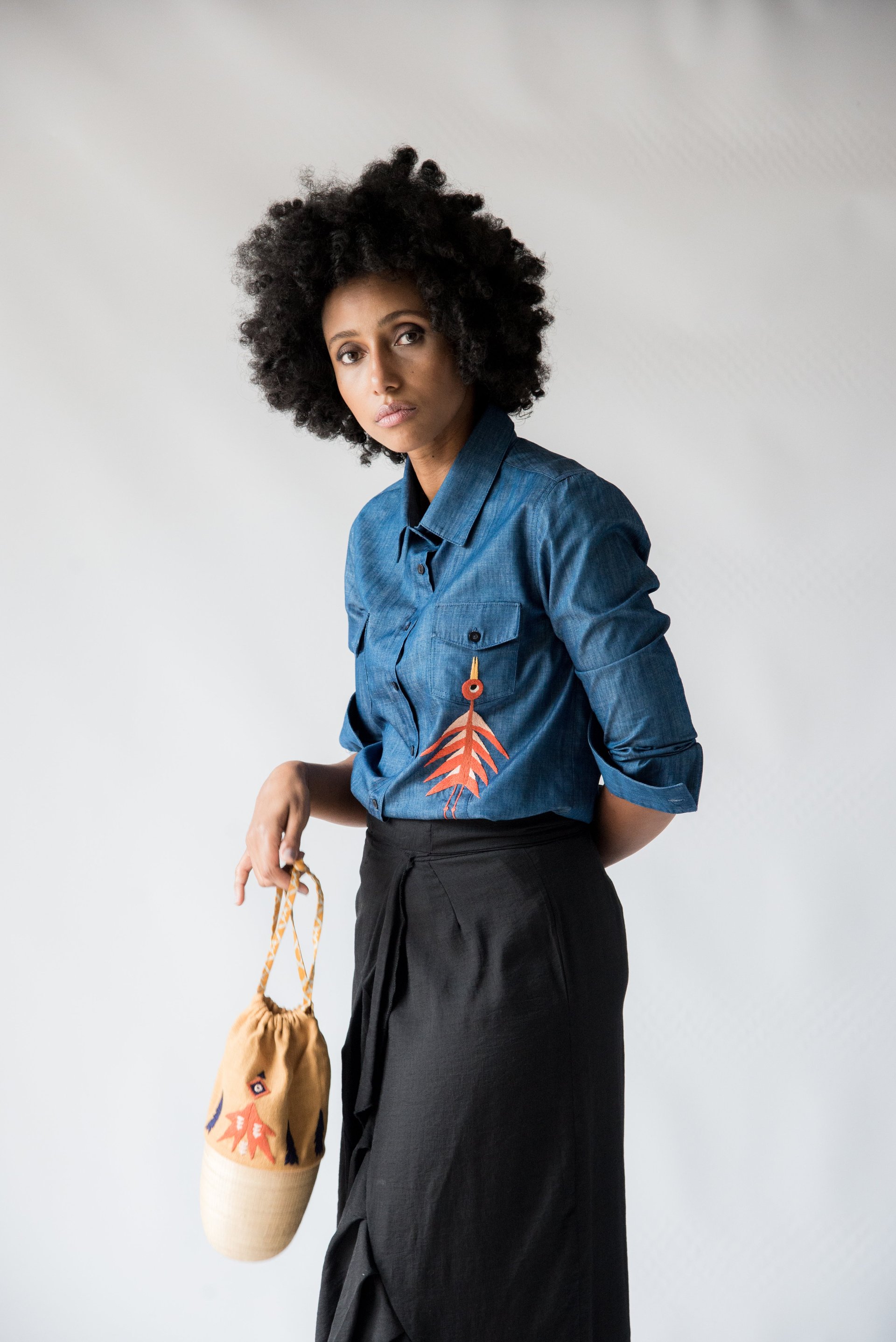
Gaps also exist in the supply chain, with many fashion houses still importing synthetic fibers and fabric from China, Turkey, Egypt, and India. Buttons, zips, and dyes are often sourced from abroad, complicated by the logistics and time involved in getting materials to the landlocked state. And while factories like Utexrwa make textiles for the domestic market, they mostly specialize in making uniforms for police and immigration. The Chinese company C&H Garments, which operates in Kigali’s special economic zone, produces mostly for export.
Because of these limitations, Ruzibuka says couturiers make do with whatever quality materials they can get at any given time—restraining how much they can work with a favored print or replicate a product.
Many also struggle to set up successful e-commerce and shipping operations, crucial at a time when African fashion boutiques are shifting to selling on popular platforms like WhatsApp.
The buzz around the fashion sector also masks that the majority of locally-made products are still out of reach for many Rwandans, where the gross domestic product per capita stands at $750. Some clothing traders have even switched to importing low-cost Chinese ready-made clothes in order to gain income and target the majority of people who can’t afford new clothing.
The influx of cheap imports from China, including in the African wax print trade, also hasn’t helped.
Crafting a story
But Rugamba says that beyond logistical challenges, the biggest hurdle for “Made in Rwanda” products is overcoming negative perceptions. Buyers have the “perception that something local can’t be luxury. Or something local has to be cheap.”
To induce repeat buyers, Haute Baso’s Mukangoga says the sector should not only be producing versatile and quality designs but also ensure they are making a “well-made clothing that has a story.”
In the first two years since the launch of “Made in Rwanda,” the government said total export receipts increased from $559 million in 2015 to $944 million in 2017. To build momentum, Rwanda could learn from challenges facing countries like Ethiopia. As the Horn of Africa nation champions its own “Made in Ethiopia” shoe and garment-making sector, its workers have complained of low wages, inhospitable working environments, and inadequate training at factories.
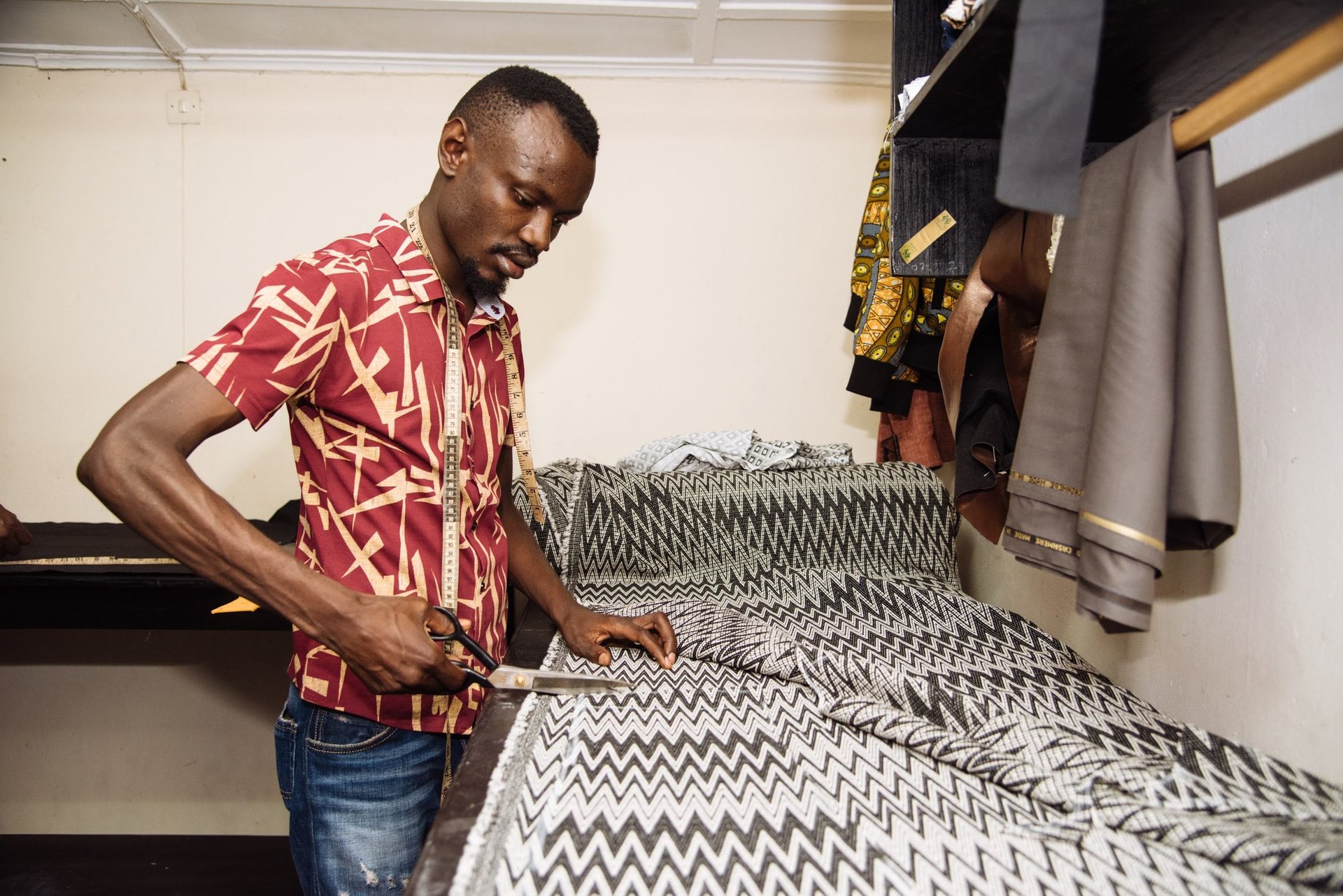
Fashion designers are so far trying to promote the industry’s dynamism through collaborations like Collective RW and the annual Kigali Fashion Week. The government also encourages civil servants to wear Rwandan designers on the last Friday of every month. Yet Mukangoga says the industry’s ambitions need to be more than just a policy statement.
“If it becomes natural, you are more likely to keep doing it,” she argues. “If it becomes a way of life, it is easy to sustain.”